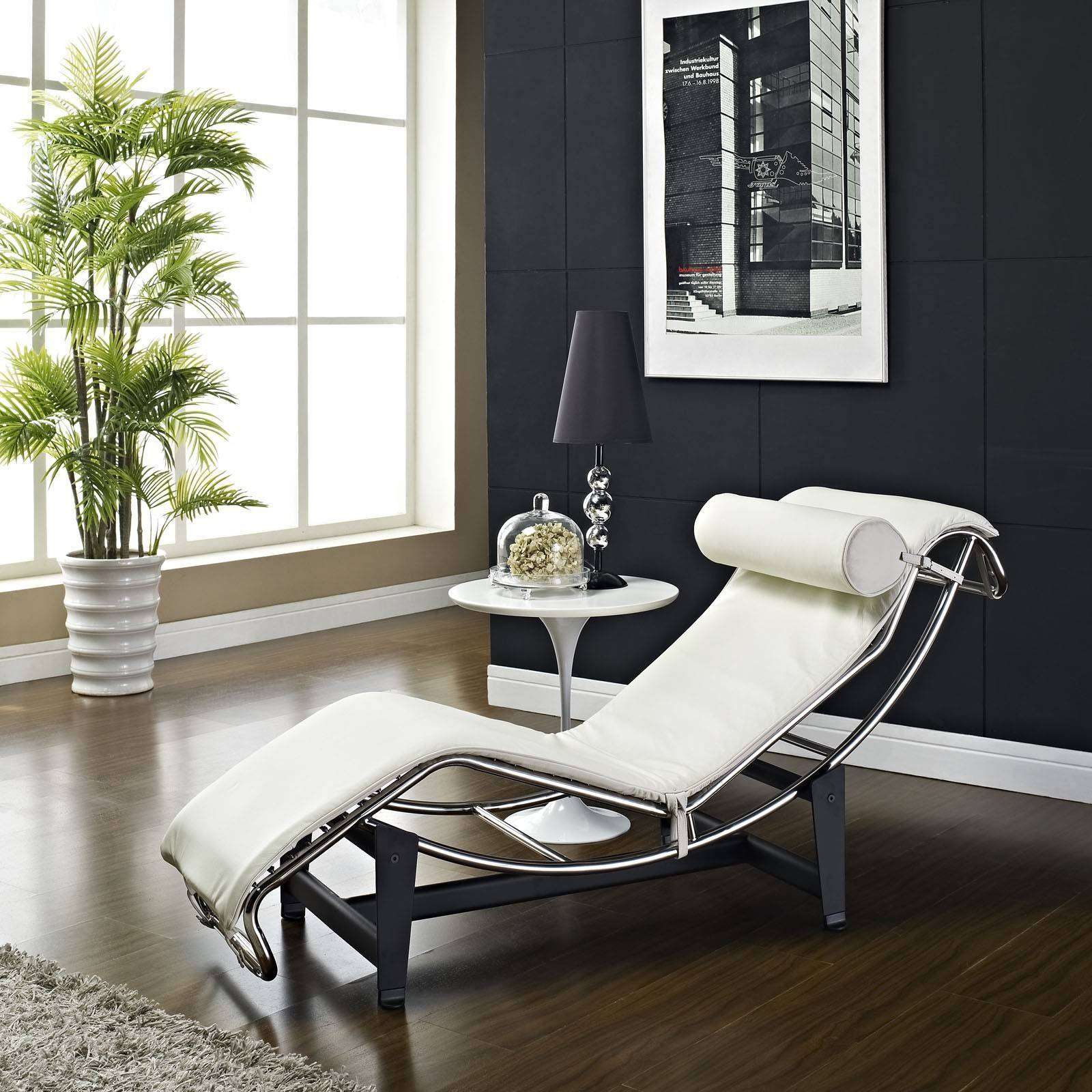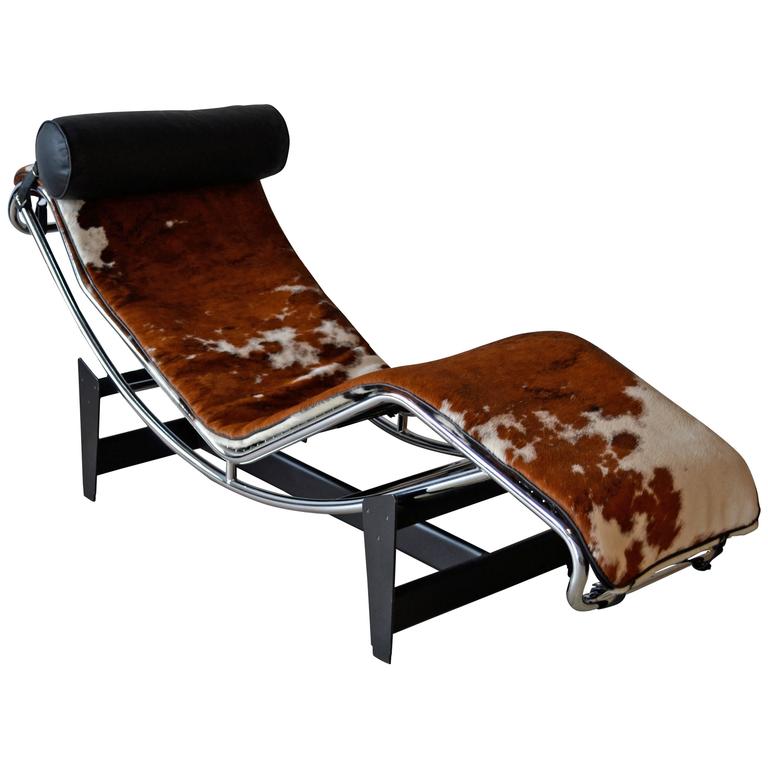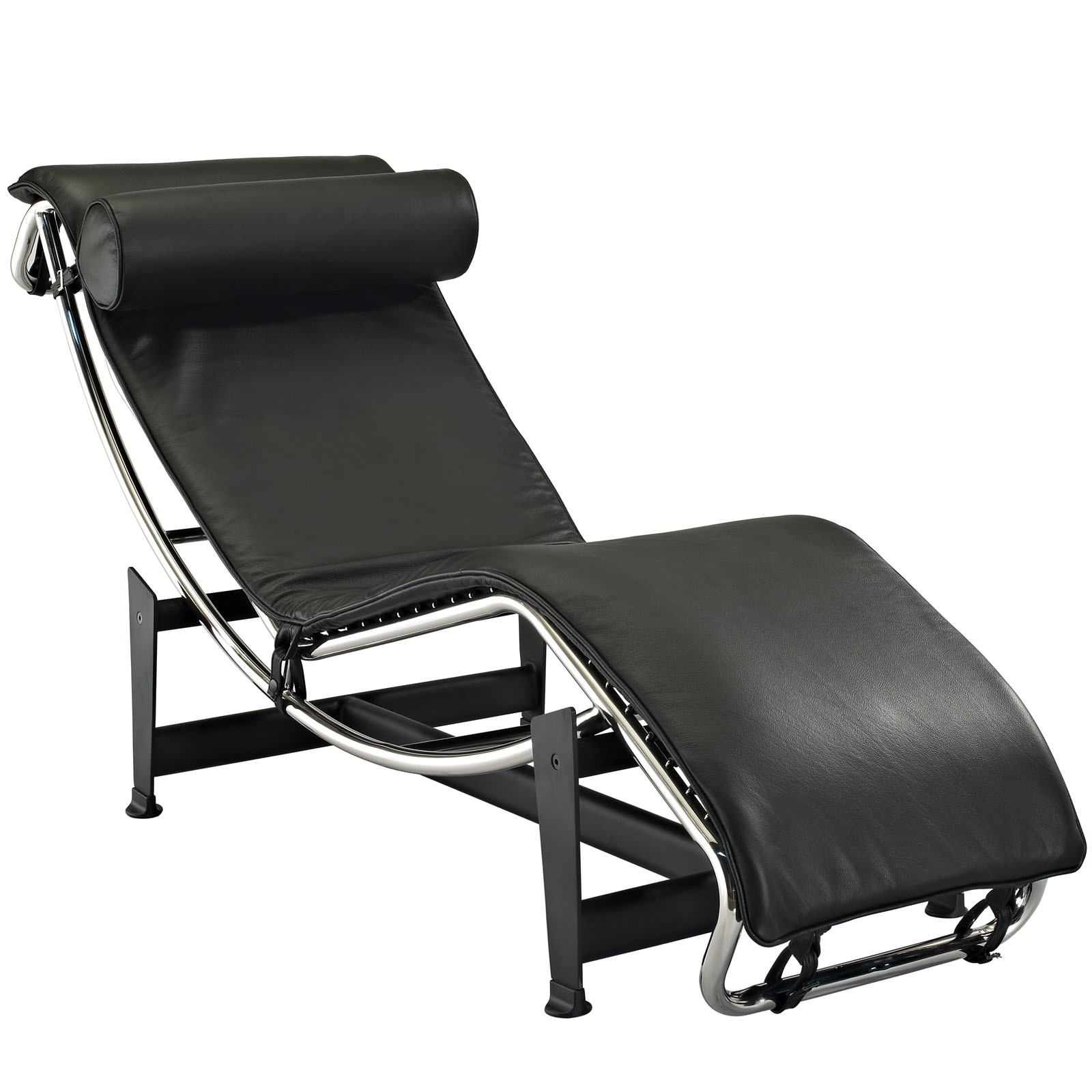Le Corbusier’s Design Philosophy and the Lounge Chair

Le Corbusier, a pioneer of modern architecture, was renowned for his minimalist and functional designs. His architectural principles, emphasizing functionality, simplicity, and geometric forms, extended into his furniture designs, most notably his iconic lounge chair. This chair, often referred to as the “LC2” or the “Grand Comfort,” exemplifies Le Corbusier’s design philosophy, showcasing a seamless blend of form and function.
Key Elements of Le Corbusier’s Design Philosophy in the Lounge Chair
Le Corbusier’s design philosophy is evident in the lounge chair’s materials, proportions, and overall aesthetic. The chair’s steel frame, a signature element of modernism, provides structural support while maintaining a lightweight and airy feel. The use of leather upholstery, a luxurious yet durable material, adds comfort and sophistication. The chair’s proportions, with its low seat and wide armrests, promote relaxation and comfort. The overall aesthetic is characterized by simplicity and geometric forms, reflecting Le Corbusier’s belief in the beauty of pure lines and shapes.
Comparison with Other Iconic Furniture Pieces of the 20th Century
Le Corbusier’s lounge chair, with its minimalist design and emphasis on functionality, shares similarities with other iconic furniture pieces of the 20th century, such as the Barcelona Chair by Mies van der Rohe and the Wassily Chair by Marcel Breuer. All three chairs showcase a focus on simplicity, geometric forms, and the use of innovative materials. However, each chair also possesses distinct characteristics. The Barcelona Chair, with its luxurious leather upholstery and polished steel frame, emphasizes elegance and refinement. The Wassily Chair, with its tubular steel frame and cantilevered design, embodies a more industrial and avant-garde aesthetic.
The Evolution of the Le Corbusier Style Lounge Chair

The Le Corbusier style lounge chair, a timeless icon of modern design, has undergone a fascinating evolution since its inception. Its design has been influenced by a confluence of social, cultural, and technological factors, resulting in a variety of iterations and reinterpretations over the decades. Understanding this evolution provides a deeper appreciation for the chair’s enduring appeal and its place in design history.
The Historical Context of the Lounge Chair’s Creation
The Le Corbusier style lounge chair emerged in the early 20th century, a period marked by profound social and cultural shifts. The Industrial Revolution had ushered in a new era of mass production, while the rise of modernism in architecture and design championed functionalism and simplicity. Le Corbusier, a prominent architect and designer, embraced these principles, seeking to create furniture that was both aesthetically pleasing and practical.
The lounge chair’s design was influenced by the Bauhaus movement, which emphasized the use of industrial materials and mass production techniques. Le Corbusier’s design philosophy, which stressed the importance of functionality and harmony, also played a significant role. He believed that furniture should serve a specific purpose and be integrated seamlessly into its surroundings.
The Evolution of the Lounge Chair’s Design, Le corbusier style lounge chair
The Le Corbusier style lounge chair has undergone several significant modifications over time. Early versions, such as the “Grand Confort” chair designed in 1928, featured a distinctive tubular steel frame and leather upholstery. This design emphasized the use of industrial materials and a minimalist aesthetic.
Later iterations, such as the “LC2” chair designed in 1928, incorporated a more refined and elegant design. The frame was still made of tubular steel, but the upholstery was often made of high-quality fabrics, such as velvet or wool. This shift reflected the growing emphasis on luxury and comfort in furniture design.
Variations of the Le Corbusier Style Lounge Chair
Over the years, various versions and variations of the Le Corbusier style lounge chair have been produced. These variations often reflected changes in materials, manufacturing techniques, and design trends.
- The “LC3” chair, designed in 1928, featured a larger and more spacious design, making it ideal for lounging.
- The “LC4” chaise longue, also designed in 1928, offered a more relaxed and reclining experience.
- The “LC5” armchair, designed in 1928, was a smaller and more compact version of the lounge chair, making it suitable for smaller spaces.
These variations highlight the adaptability and versatility of the Le Corbusier style lounge chair, allowing it to be tailored to different needs and preferences. The chair’s enduring popularity is a testament to its timeless design and its ability to adapt to changing tastes and trends.
The Impact and Legacy of the Le Corbusier Style Lounge Chair

The Le Corbusier style lounge chair, a timeless design icon, has had a profound impact on furniture design, influencing generations of designers and shaping the way we perceive and interact with furniture. Its influence extends far beyond its aesthetic appeal, impacting the evolution of furniture design principles and its integration into diverse settings.
The Influence of the Le Corbusier Style Lounge Chair on Subsequent Furniture Design
The Le Corbusier style lounge chair’s impact on subsequent furniture design is undeniable. Its clean lines, minimalist form, and emphasis on functionality have inspired countless designers.
- The Eames Lounge Chair: Charles and Ray Eames, renowned for their modernist designs, were heavily influenced by Le Corbusier. Their iconic Eames Lounge Chair, with its distinct shape and luxurious leather upholstery, echoes the principles of comfort and functionality found in the Le Corbusier style lounge chair.
- The Barcelona Chair: Mies van der Rohe’s Barcelona Chair, another iconic modernist piece, also reflects the influence of Le Corbusier. Its sleek, minimalist design, with its chrome frame and leather upholstery, echoes the clean lines and simplicity of the Le Corbusier style lounge chair.
- The Knoll Wassily Chair: Marcel Breuer’s Wassily Chair, known for its distinctive tubular steel frame, is another example of furniture inspired by Le Corbusier’s principles. The chair’s emphasis on functionality and its use of industrial materials reflects Le Corbusier’s belief in modern materials and construction techniques.
The Reasons for the Le Corbusier Style Lounge Chair’s Enduring Popularity and Influence
The enduring popularity and influence of the Le Corbusier style lounge chair can be attributed to several factors:
- Timeless Design: The chair’s minimalist design transcends trends, remaining relevant and aesthetically pleasing even decades after its creation. Its clean lines and simple form have a timeless appeal that continues to resonate with modern sensibilities.
- Functionality and Comfort: The chair’s emphasis on functionality and comfort is another key factor in its enduring appeal. Its ergonomic design provides optimal support and comfort, making it a perfect choice for both relaxation and social gatherings.
- Versatility: The Le Corbusier style lounge chair’s versatility is another reason for its enduring popularity. Its minimalist design allows it to seamlessly integrate into a wide range of settings, from modern homes and offices to public spaces.
- Cultural Significance: The Le Corbusier style lounge chair has become a symbol of modern design and a cultural icon. Its association with the influential architect and designer has contributed to its status as a highly sought-after piece of furniture.
The Le Corbusier Style Lounge Chair in Different Settings
The Le Corbusier style lounge chair has found its place in a variety of settings, reflecting its versatility and enduring appeal.
- Homes: The chair’s elegant design and comfortable seating make it a popular choice for living rooms and bedrooms. Its minimalist aesthetic complements a wide range of interior design styles, from contemporary to mid-century modern.
- Offices: The Le Corbusier style lounge chair’s sleek design and functionality make it a suitable choice for offices. Its presence adds a touch of sophistication and style while providing comfortable seating for employees and visitors.
- Public Spaces: The chair’s durability and timeless design make it a popular choice for public spaces, such as lobbies, waiting areas, and museums. Its presence creates a sense of sophistication and refinement, enhancing the overall ambiance of these spaces.
The Le Corbusier style lounge chair, with its iconic form and minimalist design, embodies the spirit of modernism. It’s a testament to the era’s fascination with functionality and clean lines. For a similar yet distinct aesthetic, consider the bertoia bird lounge chair , which utilizes intricate wire mesh for a striking and airy design.
Both chairs, though different in execution, share a commitment to comfort and a timeless elegance that transcends trends.
The iconic Le Corbusier style lounge chair, with its minimalist lines and bold geometry, has become a symbol of modern design. While the original may be coveted for its historical significance, for those seeking a similar level of comfort and style, a leather oversized chaise lounge chair offers a luxurious and contemporary alternative.
The spaciousness of a chaise allows for ultimate relaxation, while the supple leather adds a touch of sophistication, capturing the essence of Le Corbusier’s timeless aesthetic.